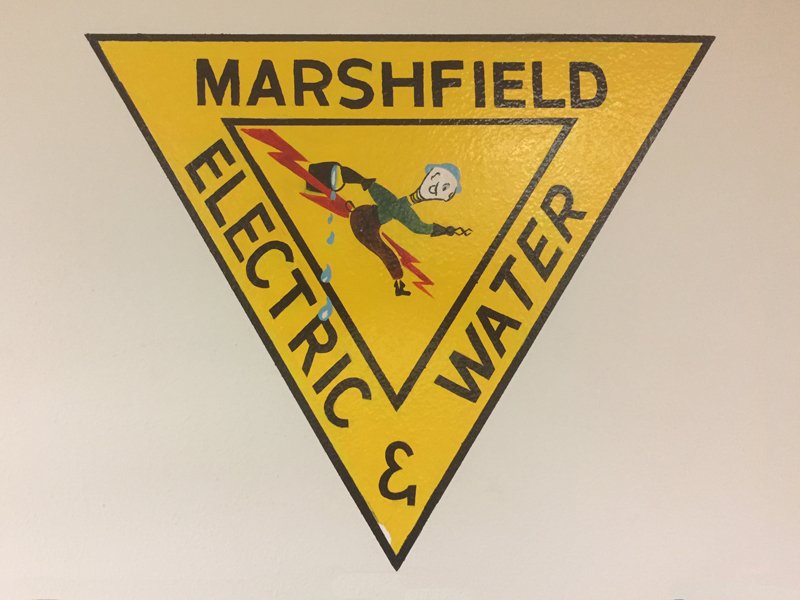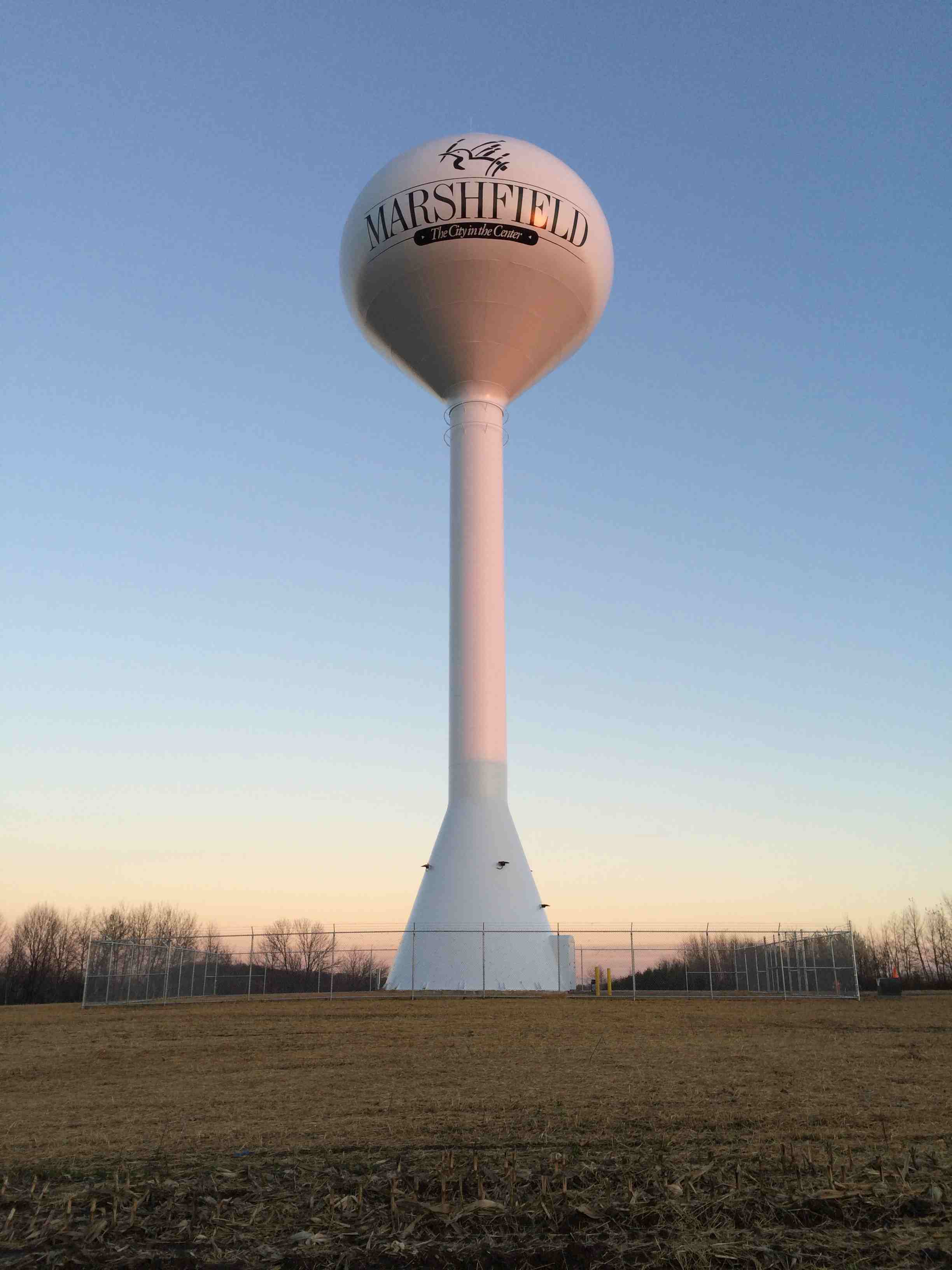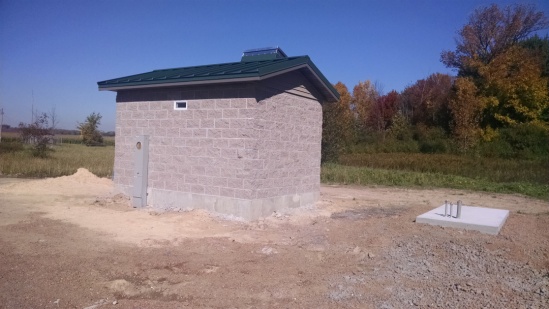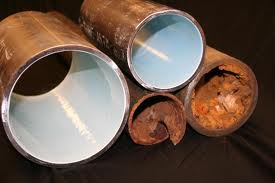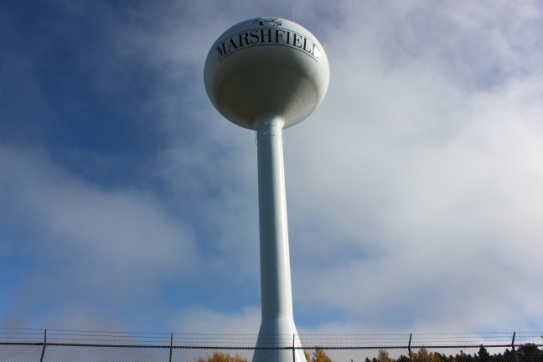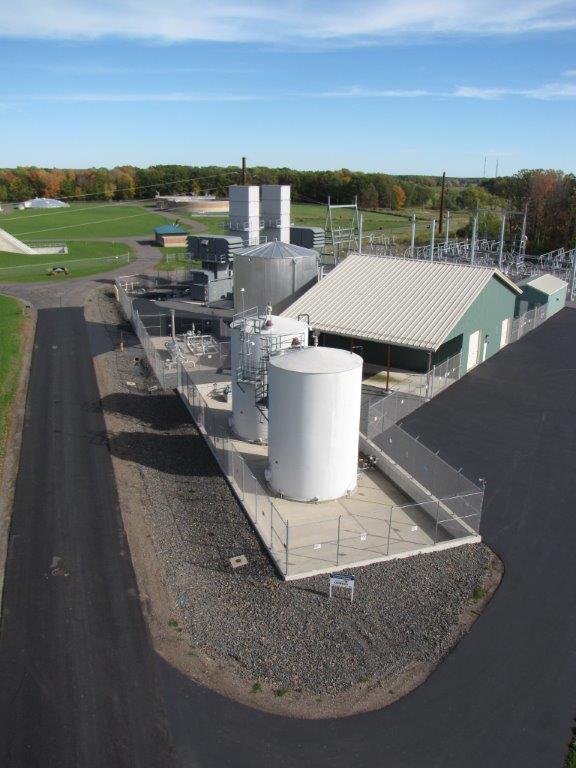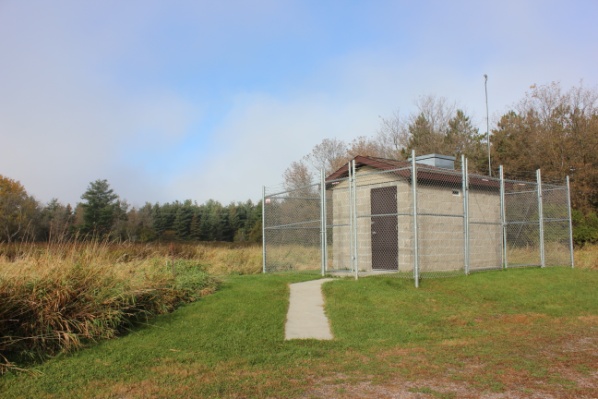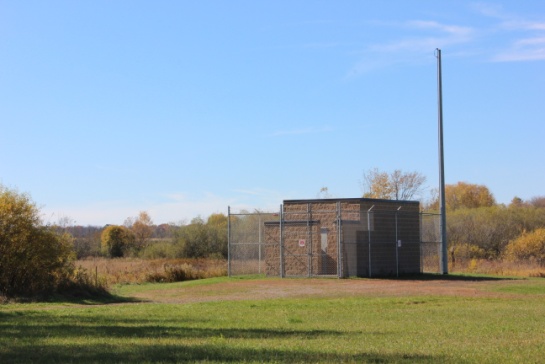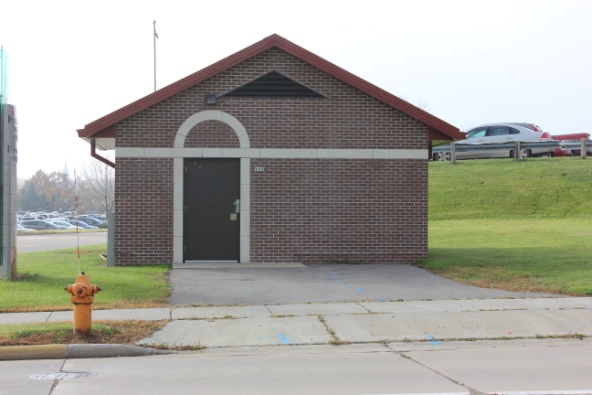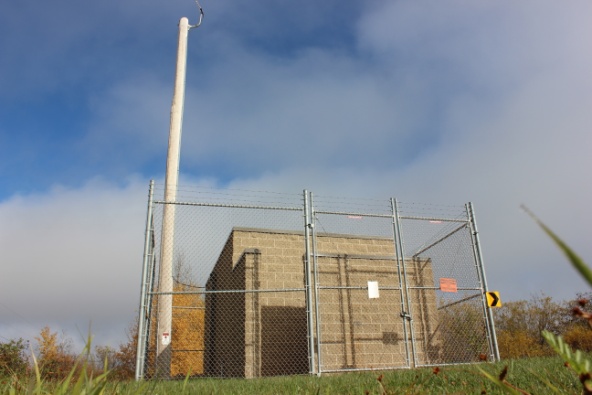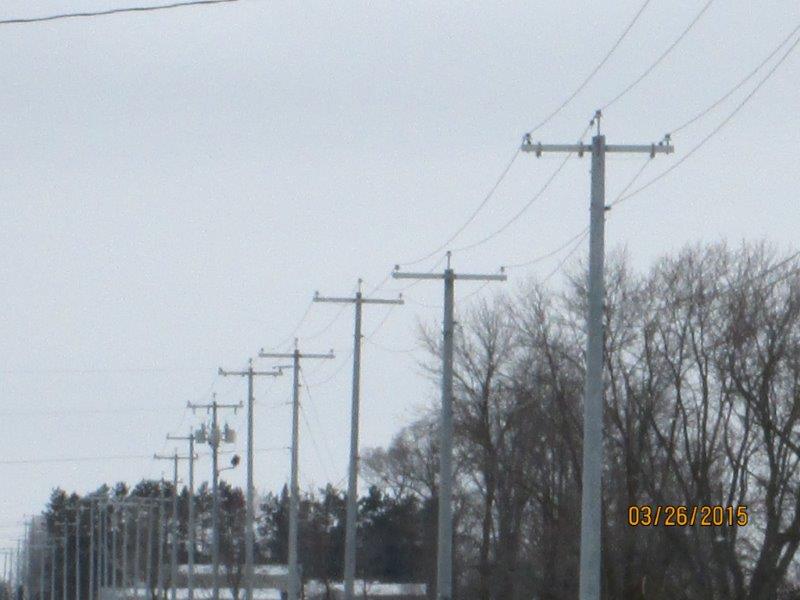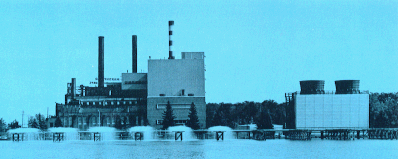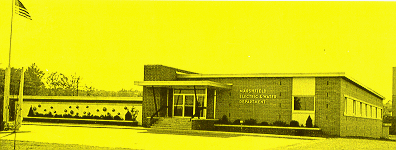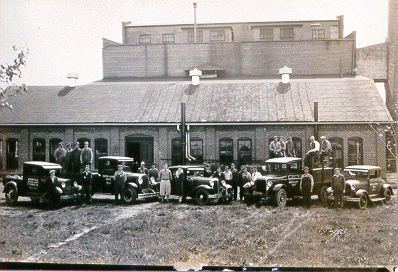In 1994, a new 28,000 KW transformer was installed to replace the 12,500 KW and 14,000 KW units. And in 1995, there was a new 28,000 KW transformer added at the Wildwood Substation.
A new distribution substation bay was constructed to allow for the retirement of the old metal clad switch gear adjacent to the power plant. The remainder of the substation controls that were in the power plant building were also moved to the Wildwood control house at this time.
Because of different substation transformer configurations throughout the Marshfield area, we were unable to transfer load from one station to another without interrupting service to our customers. With the completion of the 1995 Wildwood Substation upgrade, all of the 13,200 volt transformers on the Marshfield system were now of like configuration so that customers could be switched from one transformer to another whenever necessary, without an outage.
This is done periodically for equipment maintenance or construction. This was a milestone in the development of the Marshfield electrical distribution system. This also completed the series of projects started in 1989 with this end goal in mind.

